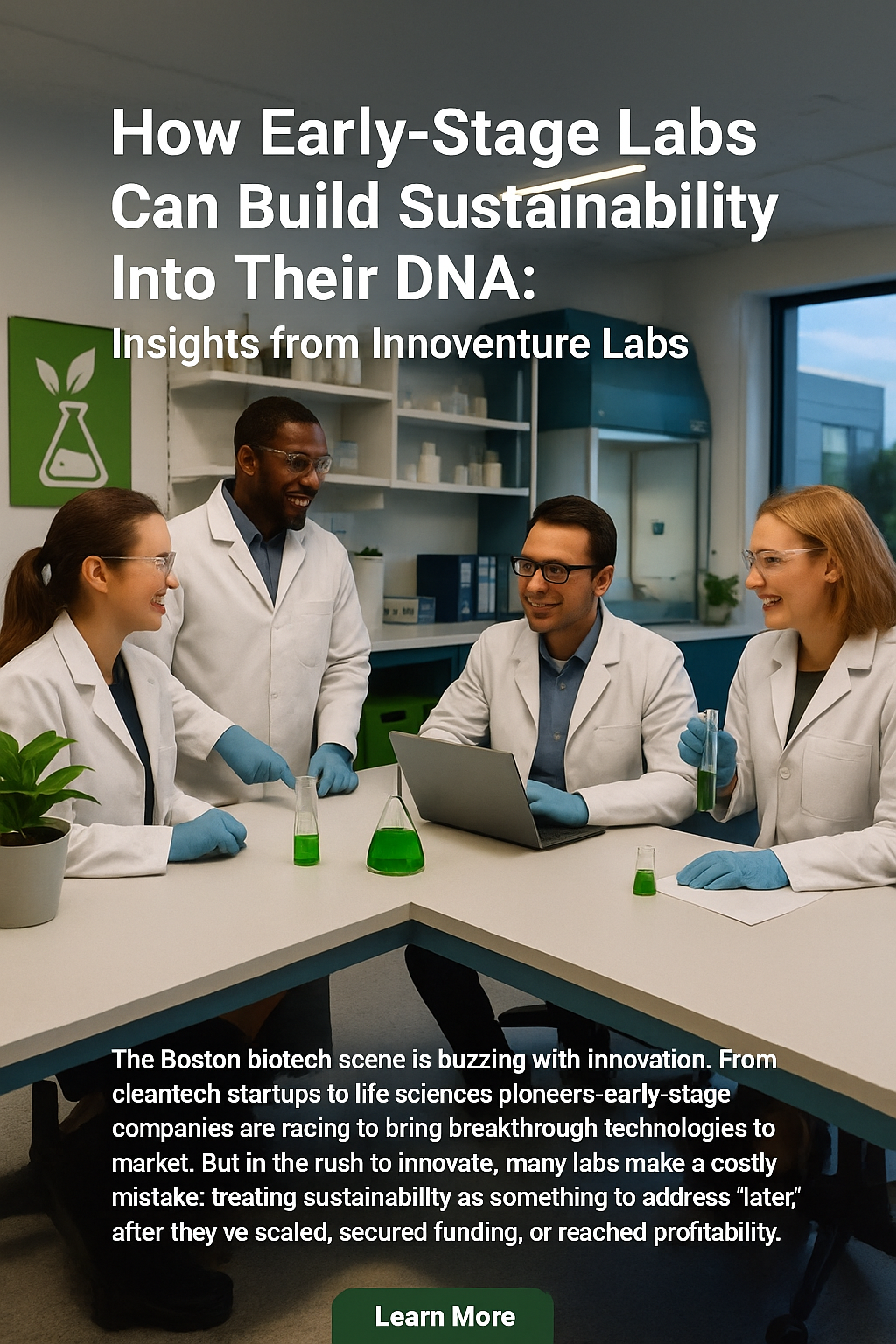Energy Optimization for Ultra-Low Temperature Freezers: A Comprehensive Guide
Energy Optimization for Ultra-Low Temperature Freezers: A Comprehensive Guide

Ultra-low temperature (ULT) freezers are indispensable in laboratories, hospitals, research institutions, and biotech companies. These machines are often essential for preserving biological samples like cell cultures, blood products, DNA, and vaccines. While the scientific need for ULT freezers is clear, their energy consumption is a significant concern. A single ULT freezer can use as much energy as an average household, making them one of the most energy-hungry pieces of equipment in the lab.
Among the various equipment utilized in these facilities, ultra-low temperature (ULT) freezers stand out as particularly energy-intensive. This article explores strategies to optimize the energy consumption of ULT freezers, contributing to more sustainable laboratory practices.
The Energy Profile of Ultra-Low Temperature Freezers
ULT freezers are critical for preserving biological samples and reagents in research settings. However, their energy consumption is substantial. A typical ULT freezer consumes as much energy annually as a single-family home. In the context of a laboratory's overall energy usage, ULT freezers can account for 30-40% of total energy consumption.
This high energy demand stems from the freezers' need to maintain extremely low temperatures, typically around -80°C. While these temperatures are necessary for certain applications, research has shown that in many cases, such extreme cold is not always required.
Temperature Adjustment: A Simple Yet Effective Strategy
Recent studies have demonstrated that a minor temperature adjustment can lead to significant energy savings without compromising sample integrity. Specifically, raising the temperature from -80°C to -70°C can reduce energy consumption by up to 20%.
This 10-degree change may seem minimal, but its impact is substantial. Importantly, extensive testing has shown that this adjustment does not negatively affect the viability of most samples. This finding presents an opportunity for laboratories to immediately reduce their energy consumption without altering their research protocols or investing in new equipment.
Upgrading to Energy-Efficient Models
While temperature adjustment is an effective short-term solution, replacing older ULT freezers with newer, more energy-efficient models offers even greater benefits. Modern Energy Star certified ULT freezers are 60-70% more efficient than their older counterparts.
A case study illustrates the potential impact of large-scale freezer replacement:
Over a three-year period, a laboratory sustainability program replaced 1,500 old ULT freezers with high-efficiency models. This initiative resulted in a reduction of 50 tons of carbon emissions, equivalent to removing approximately 11 passenger vehicles from the road for one year.
Financial Incentives for Upgrades
The initial cost of new, energy-efficient ULT freezers can be substantial. However, many electric utilities offer rebate programs to incentivize these upgrades. Rebates ranging from $2,000 to $3,000 per unit are not uncommon, significantly offsetting the upfront investment.
An organization called Energy Solutions has implemented these rebate programs on a national scale in the United States. This widespread availability of financial incentives is driving a trend towards more energy-efficient laboratory freezers across the country.
Overcoming Resistance to Change
Despite the clear benefits, some laboratories are hesitant to implement these energy-saving measures. This reluctance often stems from concerns about potentially compromising research integrity. Scientists, particularly those working under strict grant requirements, may be wary of any changes to their established protocols.
Addressing these concerns requires clear communication of the evidence supporting these changes. Emphasizing that sample viability is maintained at -70°C for most applications can help alleviate fears. Additionally, sharing success stories from other reputable institutions that have implemented these changes can build confidence in the approach.
Comprehensive Energy Management in Laboratories
While optimizing ULT freezers offers significant energy savings, it is part of a broader approach to laboratory sustainability. Other strategies include:
- Equipment Metering: Monitoring the energy consumption of bench equipment can identify unexpected energy drains and inform more efficient usage patterns.
- Water Conservation: Installing aerators on faucets and optimizing the use of water-intensive equipment like autoclaves can significantly reduce water consumption.
- Operational Timing: Running energy-intensive equipment during off-peak hours can reduce both energy costs and strain on the power grid.
- Equipment Usage Review: Regularly assessing how and when equipment is used can reveal opportunities for more efficient practices.
Waste Reduction Initiatives
Energy conservation is closely tied to waste reduction in laboratory settings. Many labs generate excessive waste, often due to overly cautious disposal practices. Conducting waste audits frequently reveals that a significant portion of materials disposed of as hazardous "red bag" waste could be safely redirected to standard waste streams or recycling programs.
Implementing more nuanced waste sorting procedures not only reduces the volume of expensive hazardous waste disposal but also aligns with broader sustainability goals.
Future Developments in Laboratory Sustainability
The field of laboratory sustainability is rapidly evolving. Emerging technologies and practices promise even greater efficiencies:
- Next-Generation Autoclaves: New autoclave designs offer up to 80% improved efficiency over traditional models.
- Innovative Waste Management: Some waste management companies are developing methods to recycle materials from red bag waste into useful products, furthering the concept of a circular economy.
- Green Chemistry: This growing field focuses on developing chemical processes and products that minimize the use and generation of hazardous substances.
Conclusion
Laboratories play a crucial role in scientific advancement, but their environmental impact is significant. They typically use five times more water and ten times more energy than standard office buildings, while generating ten times the waste.
Optimizing the energy consumption of ultra-low temperature freezers represents a key opportunity to reduce this environmental footprint. By implementing temperature adjustments, upgrading to energy-efficient models, and adopting comprehensive sustainability practices, laboratories can significantly reduce their energy consumption and associated costs.
These efforts not only contribute to environmental conservation but also often result in operational cost savings. As the scientific community continues to address global challenges, it is imperative that research practices themselves become more sustainable. Through thoughtful implementation of energy-saving measures, laboratories can maintain their critical work while minimizing their environmental impact.
.jpg)

